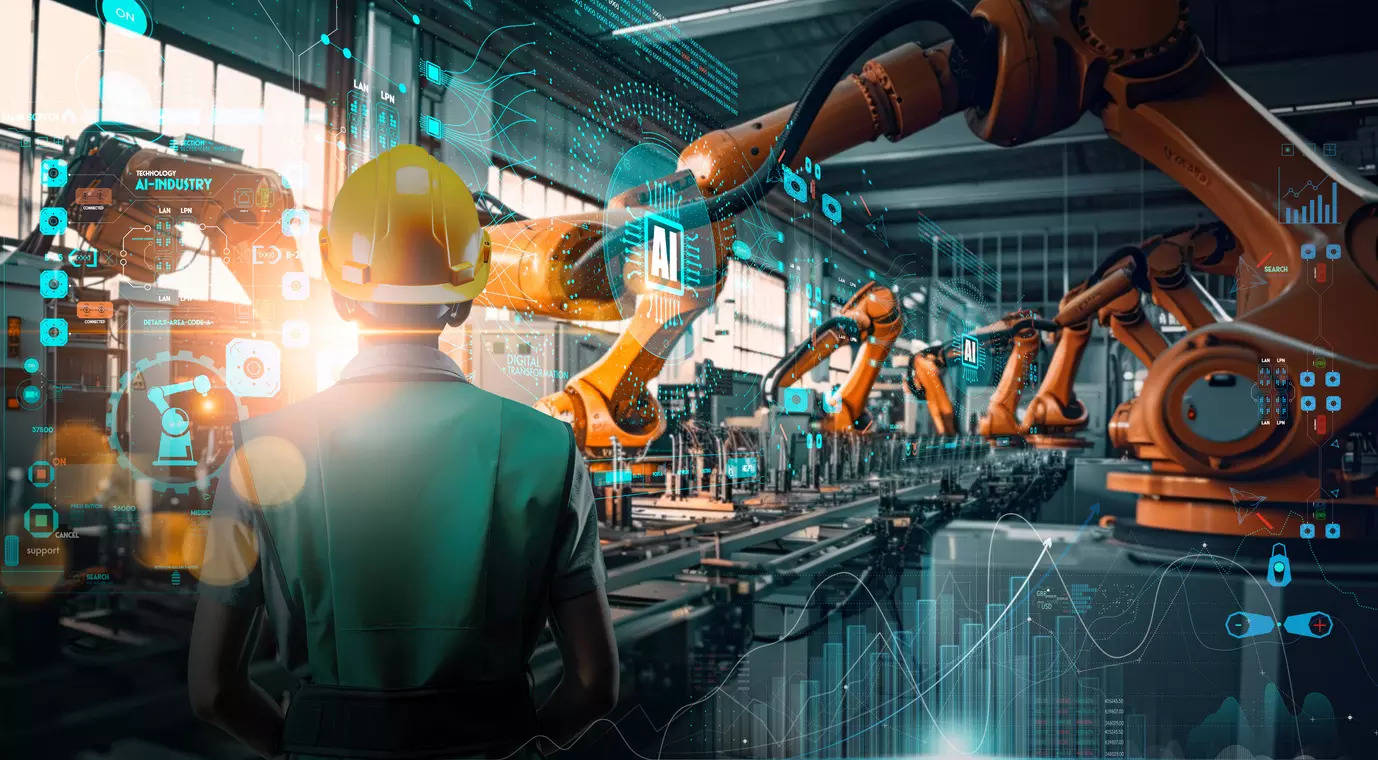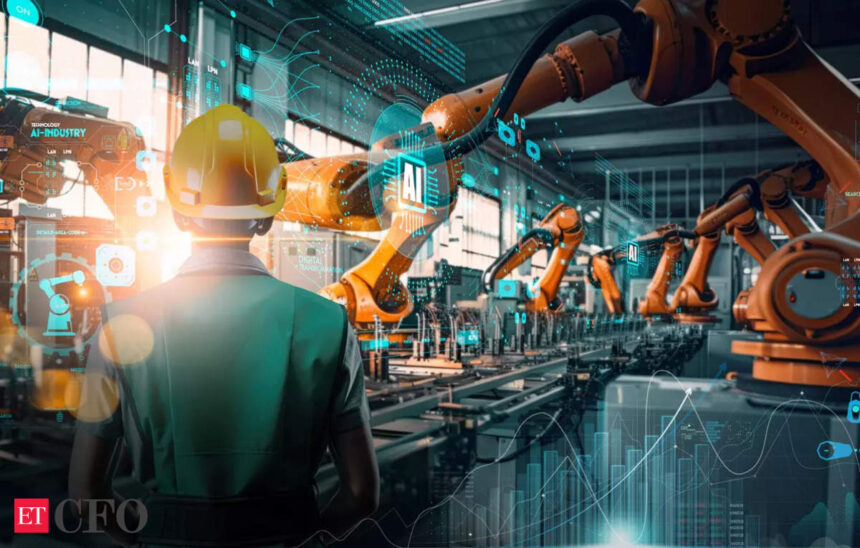
Powered by its manufacturing-first policies, rich natural resources, and skilled workforce, manufacturing in India has enjoyed profitability and resilience. With a strong push from the Indian government and various Production Incentive Link (PIL) Schemes, the manufacturing sector is poised to grow and unlock significant value in the coming years.
More recently, digital transformation has accelerated production and the ability to serve current and new markets. Thanks to physical automation, cloud computing, and robotics, Indian organisations can scale more quickly.
Globally, GenAI emerged as a disruptor in 2024, enhancing industry-specific processes, data, and ways of working. Manufacturers are already looking to integrate innovations in their factories to boost productivity and revenue. In India, the GenAI ecosystem is growing and there is scope to expand and develop solutions tailored to the manufacturing sector’s unique needs.
Coupled with the Internet of Things (IoT), advanced analytics, and process automation, the global manufacturing industry looks well placed to ride the wave of innovation – but how can Indian manufacturers scale new heights of quality and performance in 2025?
An opportunity for Indian manufacturing
Manufacturing is the backbone of India’s economic development, and the country aims to develop into a global manufacturing hub by 2047. With many large-scale manufacturers leading the production revolution, smart manufacturing or tech-driven manufacturing has become a disruptive and transformative force.
The opportunity exists – but without the right technology, manufacturers could struggle to reach newer markets and navigate complexities along the way. This includes growing pressure to shift to service-based business models, hyper-customisation, and time-to-market for new offerings.
The Fifth Industrial Revolution is expected to pivot towards more intelligent technology, to empower human employees to achieve their full potential. Consequently, Indian manufacturers will need to accept that AI can solve some of their biggest challenges and accelerate an ever-expanding global opportunity, instead of viewing it as an inexpensive alternative for low-value tasks.
AI and emerging technologies to unlock growth
There is no doubt that AI has enormous potential to boost labour productivity. Where (human) employees offer adaptability, creativity, and problem-solving abilities, AI models and robotics deliver speed and precision in task handling. With the right AI solutions, human decision-makers can use real-time data analytics and AI-derived insights to empower their decisions. This can help predict and mitigate supply chain shocks.
The cloud is another critical technology enabler, removing the need for manufacturers and distributors to invest in capital-intensive hardware. Cloud-based, digitally enabled solutions are the foundation for a robust global manufacturing supply chain. But organisations must be able to work with a wide range of systems such as enterprise resource planning (ERP) software, transportation management solutions (TMS), warehouse management solutions (WMS), and supply chain planning solutions (SCP), for it to be successful.
They also need to invest in manufacturing solutions that resonate with customers and business prospects. This includes investing in industry vertical capabilities to match the needs of manufacturers, whether machinery and equipment, electronics contract manufacturers, or fabricators of metal or plastic products.
The way forward
Even though many Indian manufacturers believe themselves to be intelligent, hyper-connected, and data-centric leaders, they are not truly reimagining operations to address unique industry challenges – including improving efficiency, reducing costs and anticipating future trends.
Minimising information latency is also crucial for creating true end-to-end visibility so stakeholders can make optimal decisions in real-time, based on trusted data that can be accessed, updated, and analysed as products move from order to manufacturer, to shipment, to warehouse, to distribution centre or shelves, to customers.
Most importantly, the infrastructure must be scalable and flexible by design, allowing factories and distribution centres to adapt as circumstances demand. Enabling GenAI algorithms, agility, and responsiveness to run through the entire system can help smooth crucial operations through simple task management and scheduling.
Those Indian manufacturers that have already embraced the transformation challenge are on the growth path. For those late to the party, the time is now and the reason for change could not be more compelling.










